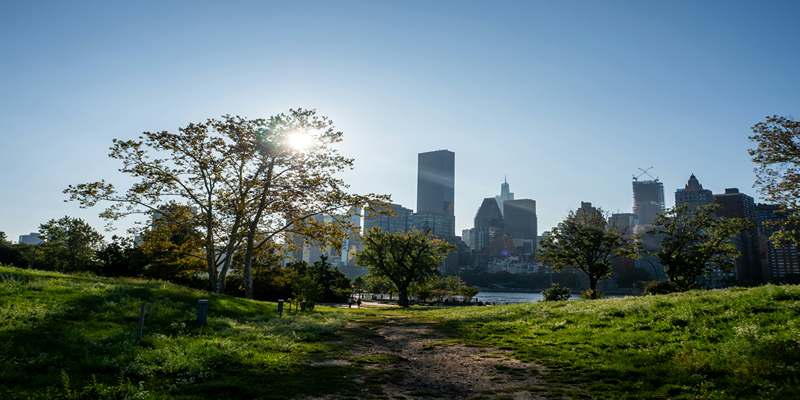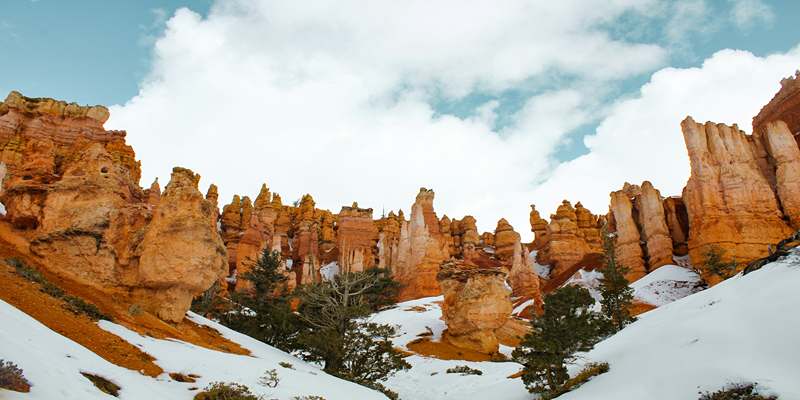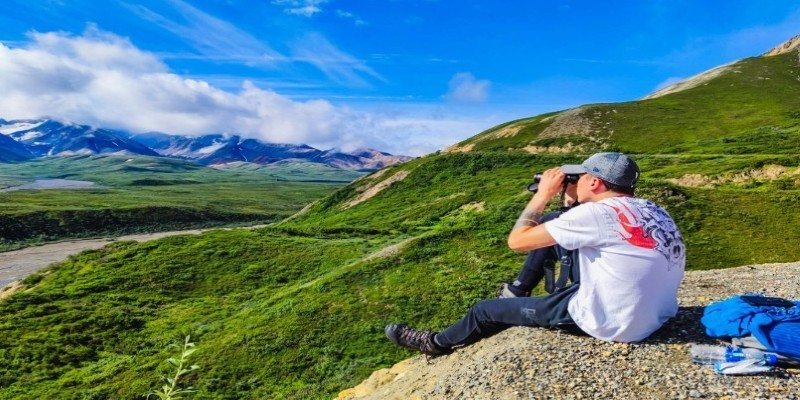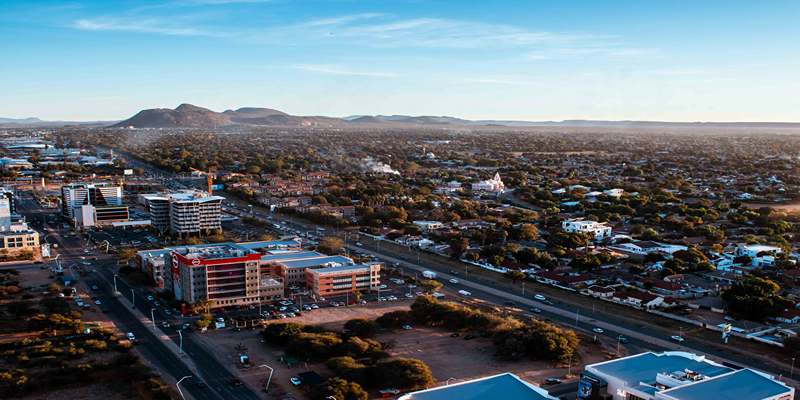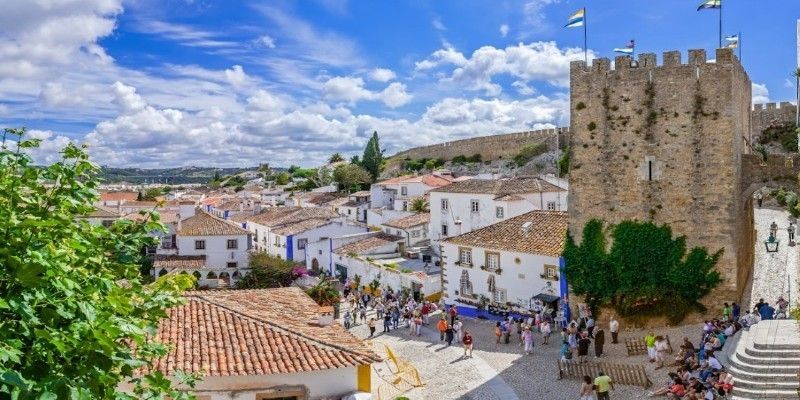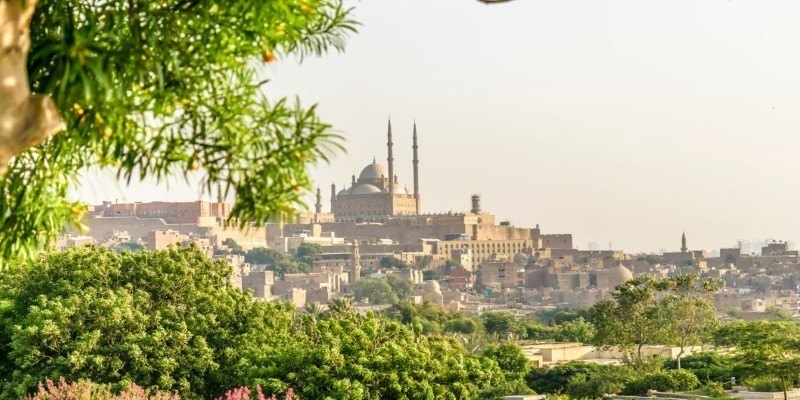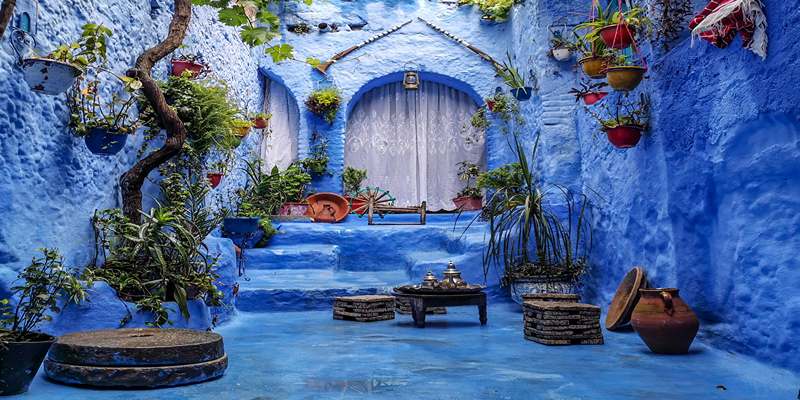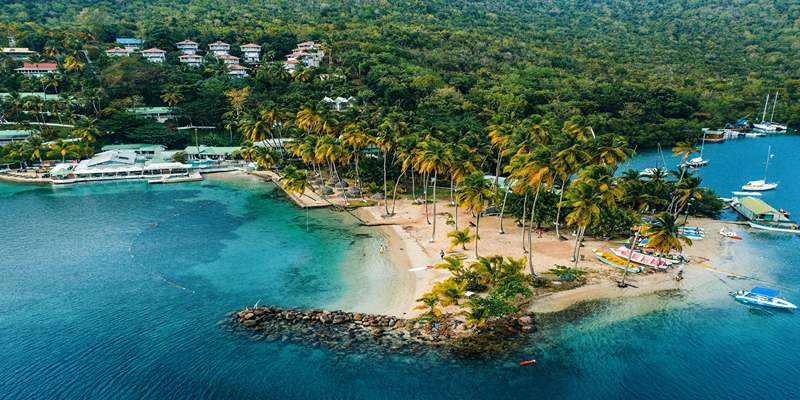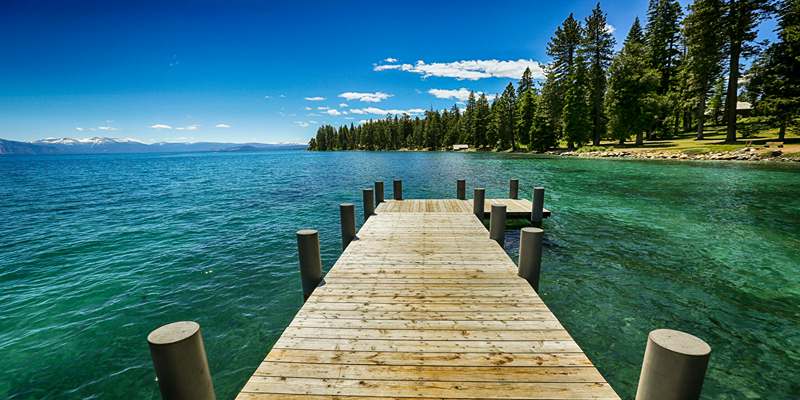The west coast of Scotland doesn't try to impress—it just quietly exists in its raw, unshaped form. Here, the roads wind through lonely glens and past quiet lochs that mirror the weather without fuss. It’s a part of the country where time feels slower, landscapes stretch out without end, and the air tastes like sea and stone.
If you're after a stretch of Scotland that hasn’t been polished smooth by tourism, this six-day drive delivers something honest. From sea lochs to empty beaches and mountain passes, this route lets the wild parts of the country speak for themselves.
6 Days on Scotland’s Wild West Coast
Day 1: Glasgow to Oban – Rolling into the Highlands
Start in Glasgow, Scotland’s biggest city, and leave the noise behind as you head northwest. The road to Oban begins with wide motorways but quickly narrows as it passes through Loch Lomond and The Trossachs National Park. Loch Lomond itself is worth a short stop—quiet trails, deep blue water, and a good introduction to the slower pace that lies ahead.
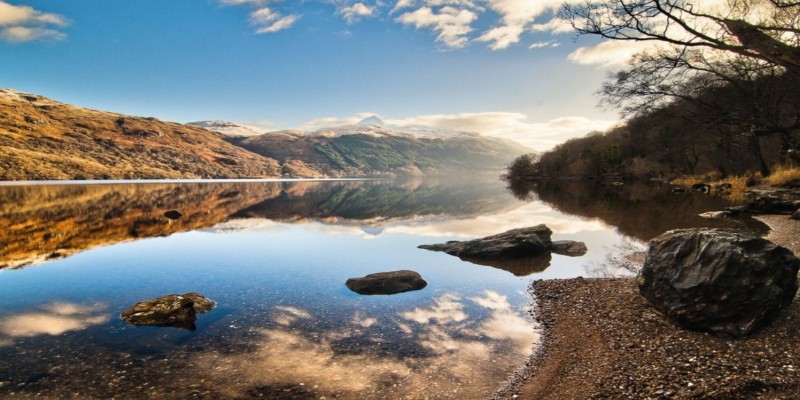
Beyond the loch, the road curves over green hills and along small lochs. Oban clings to the sea, a tight town looking out to the islands. It's called the 'Gateway to the Isles’, and it's apt, particularly on clear nights when the sound of ferry horns carries across the water. Fresh local seafood is served up here, but it's the location—little boats, sea air, and the bend of Kerrera island—that makes Oban memorable.
Day 2: Oban to the Isle of Mull – Ferry and Island Roads
Board the ferry from Oban to Craignure on the Isle of Mull. The trip is brief, but the change in view is immediate. Mull is less populous, less built up, and more expansive. On the island, the roads become tight—single-track with passing places—and the speed drops to something more human.
Drive across the island to Tobermory, a small town with brightly painted houses and a quiet harbor. It's easy to stop for hours here without doing anything. If you're up for more road time, take a side trip to Calgary Bay. The beach is wide and often empty, with soft white sand and cold, clear water. Mull is a place for slowing down. Don't over-plan it.
Day 3: Isle of Mull to Ardnamurchan Peninsula – Remote and Rugged
Take the return ferry to the mainland and head northwest toward the Ardnamurchan Peninsula. This area feels like the edge of the map. Roads become slower, views open up, and sheep outnumber people by far. Ardnamurchan is the westernmost point of mainland Britain, and its lighthouse stands at the tip, where land meets the Atlantic.
Getting there is half the point. The road snakes past lochs, pine forests, and moorland. If the weather shifts—and it usually does—you’ll see the hills vanish in the clouds and reappear with the sun. There are no big towns here, just scattered villages like Kilchoan and Acharacle, where it’s easy to find a quiet room and not much else. That’s the draw.
Day 4: Ardnamurchan to Mallaig – Ferries, Forests, and Sea Views
From Ardnamurchan, loop east then north, passing through Glenborrodale and Salen before joining the A861, which clings to the edge of Loch Sunart. The drive toward Mallaig is one of the best coastal stretches in the region, with views over to the Small Isles.
Stop at Arisaig or Morar along the way—both have beaches with unexpectedly white sand and water that could be mistaken for the Mediterranean if not for the wind. The road ends at Mallaig, a ferry port with a working harbor and a handful of good places to eat. From here, the ferries leave for Skye and the Small Isles, but you'll stay on the mainland for now.
Day 5: Mallaig to Fort William via the Road to the Isles
The road from Mallaig to Fort William is often referred to as the Road to the Isles. It's short—just over 40 miles—but packed with scenery. It passes the Jacobite steam train line (the one from the Harry Potter films), crosses Glenfinnan Viaduct, and cuts between hills that crowd in close. Glenfinnan itself has a monument, a viewpoint, and often a steady crowd, but it’s worth the stop.

Once in Fort William, you’re under the shadow of Ben Nevis, the highest mountain in the UK. The town itself is a good base, and if you’ve got the time and legs, a hike into Glen Nevis offers a less-crowded way to experience the scale of the place.
Day 6: Fort William to Glasgow – Through Glencoe and Rannoch Moor
The drive back to Glasgow is straightforward but far from dull. Start early and head south on the A82 through Glencoe. The glen is steep-sided and stark, with huge rock faces and low cloud that moves fast. There’s a stillness here that feels heavy. Even just pulling off the road and standing in the silence can stay with you for a long time.
Continue across Rannoch Moor, a high, open plateau that feels like it belongs to another planet. Then the road drops down past Loch Tulla and through Crianlarich, where the mountains begin to give way to lower hills. Before long, you’re back on wider roads, traffic picks up, and Glasgow reappears like nothing ever happened.
Conclusion
Driving Scotland’s west coast is more than just ticking off sights. It’s about the space between the places—the unexpected moments, the quiet spots, the way the sky shifts across the land. This route, over six days, gives you a solid cut of it without rushing. You won’t see everything, but that’s the point. You’ll leave knowing there’s more out there, more that doesn’t shout or shine but stays in your mind long after the engine’s off and the road has ended.

